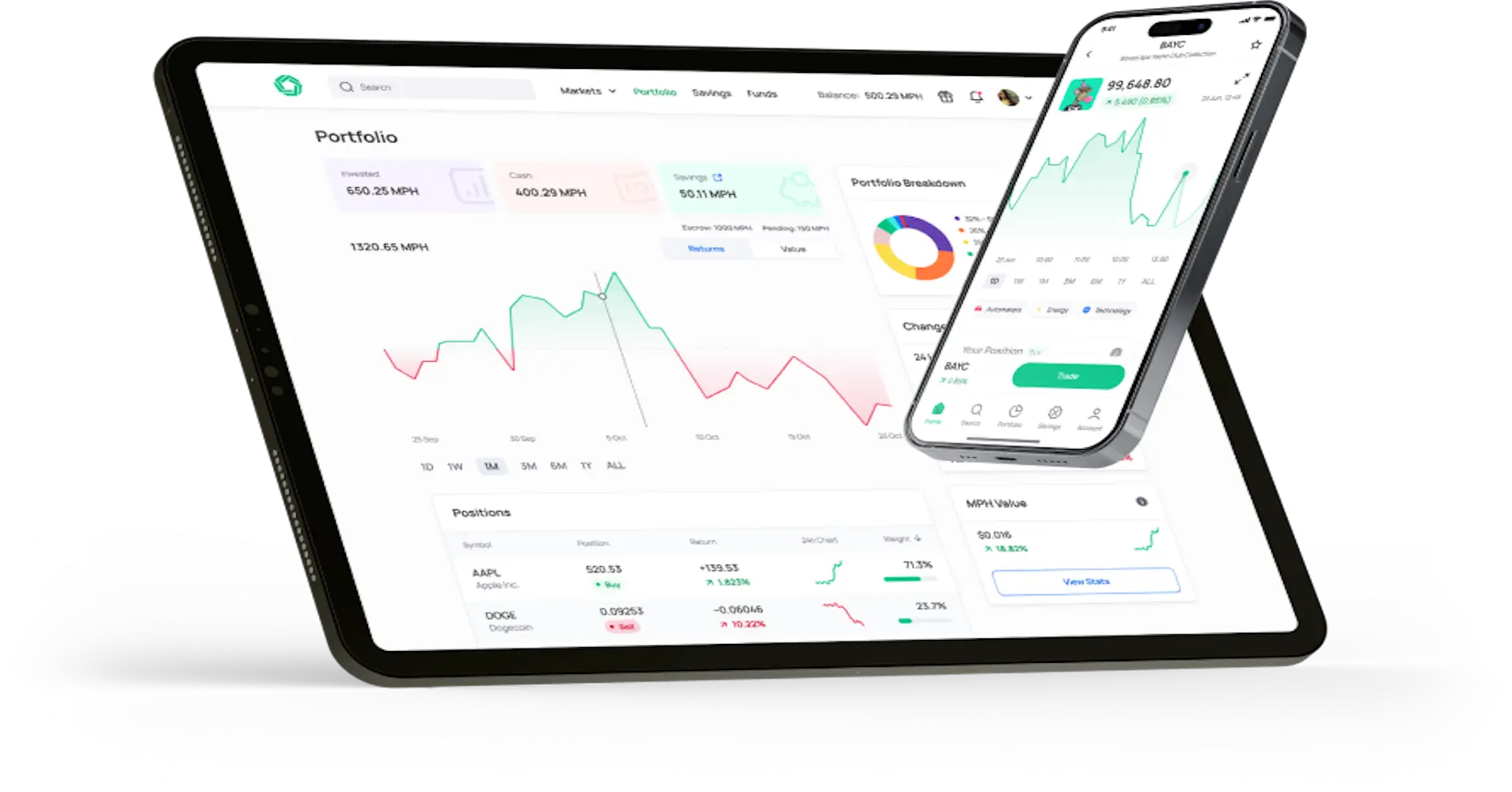Brent Crude Oil Pull Back Below $64
Brent crude oil futures dropped over 2% to below $64 per barrel on Thursday, after a 4.2% gain in the previous session, as escalated trade tensions between the US and China reignited demand concerns. President Trump increased tariffs on China to 125%, just a day after a 104% hike took effect. While he paused new tariffs on other countries for 90 days, the sharp escalation with China, the world’s top oil importer, sparked worries about weaker fuel demand. China raised its tariffs on US goods to 84% and is expected to unveil stimulus measures to support sectors like housing and consumption. Meanwhile, OPEC+ agreed to speed up output increases, raising fears of oversupply. Adding to market uncertainty, the Keystone pipeline from Canada remains shut after a spill in North Dakota, with no restart timeline confirmed.
